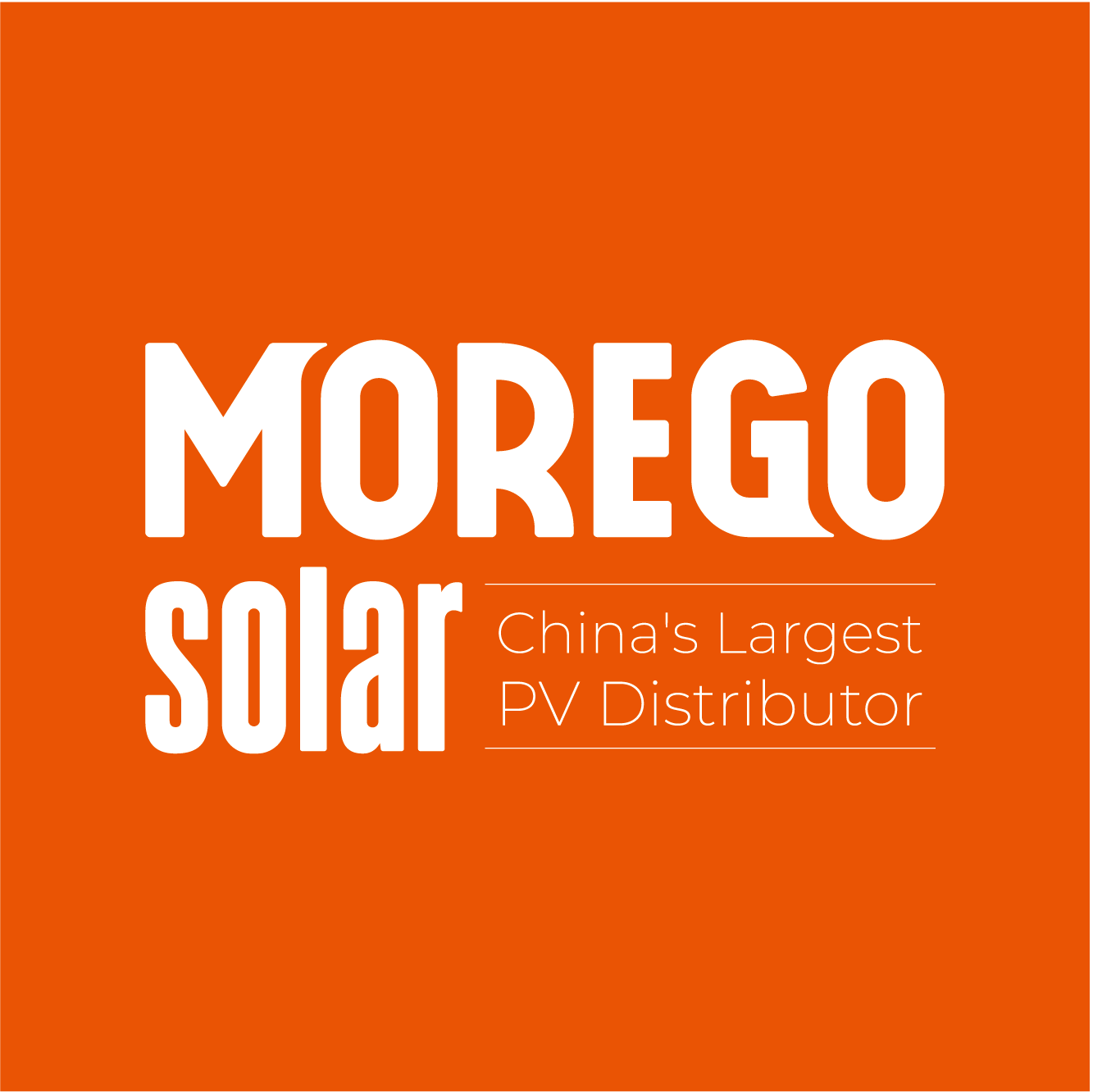When it comes to solar panels, you may have noticed labels such as "H", "M", and "L" on their packaging. These labels indicate the current classification of the individual solar cells within each panel. However, it’s important to clarify that these classifications (H, M, and L) are not a reflection of the quality of the solar panels themselves. Instead, they are crucial for ensuring that the panels within each box (typically containing 33 or 36 pieces) have cells with matching current levels.
What Does H, M, and L Mean?
The classification system divides the cells into three categories based on their optimal working current:
H (High): The highest current level.
M (Medium): A mid-range current level.
L (Low): The lowest current level.
Each solar panel will consist of cells from one of these categories, and it's important to note that these labels simply indicate the current characteristics of the cells, not their efficiency or performance quality.
Why Current Classification Matters
Solar panels are made up of cells that are connected in series. In a series circuit, the total output current is determined by the lowest current of any individual cell. Therefore, if one cell has a significantly lower current than the others, it will limit the overall performance of the panel.
By classifying the cells into different current groups (H, M, L), manufacturers ensure that the panels in each box have cells with similar current characteristics, avoiding the issue of mismatch in current. This helps optimize the performance of each panel when they are installed.
The Effect of Fine Current Classification on Performance
The process of sorting and classifying cells based on their current plays a key role in maximizing the panel's efficiency. While fine current classification (sorting cells within a 0.1 efficiency range) does not necessarily improve the overall power output of the panels, it does offer certain advantages:
Improved Performance Visualization: Through testing like Electroluminescence (EL) and infrared thermal imaging, panels with current classification show more consistent electrical properties compared to mixed or non-classified panels.
Reduced Power Loss: By ensuring that all cells in a panel have similar current characteristics, the potential loss in power due to current mismatches is minimized, leading to more efficient energy output.
Clarifying the H, M, L Labels and Panel Quality
It's essential to emphasize that the H, M, and L labels are related solely to the current characteristics of the cells and are not an indicator of panel quality. Panels with H, M, or L labels may all have the same high-quality materials and manufacturing standards. The classification is simply a measure to ensure that when the panels are installed, they are optimized for performance by avoiding mismatched current levels in the same string.
In summary, the H, M, and L labels help maintain consistency and efficiency during installation, ensuring that the performance of your solar system is maximized. So, when you see these labels, remember that they are all part of a sophisticated system designed to ensure that your solar panels work at their best, with no impact on their overall quality.

